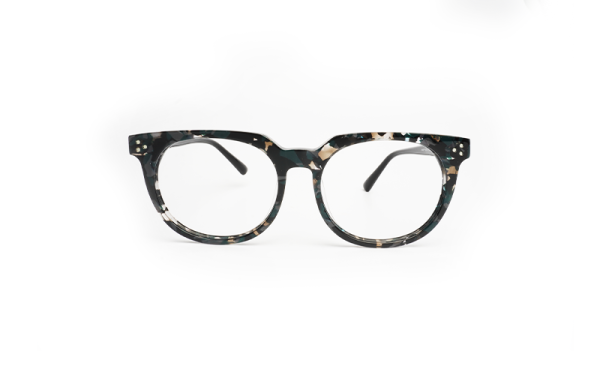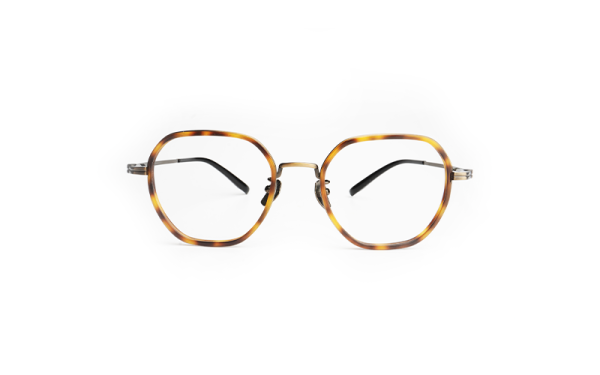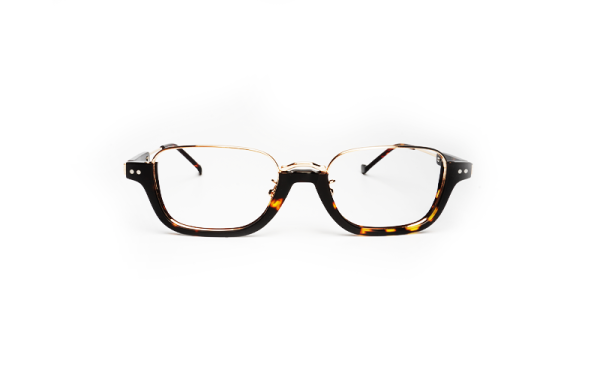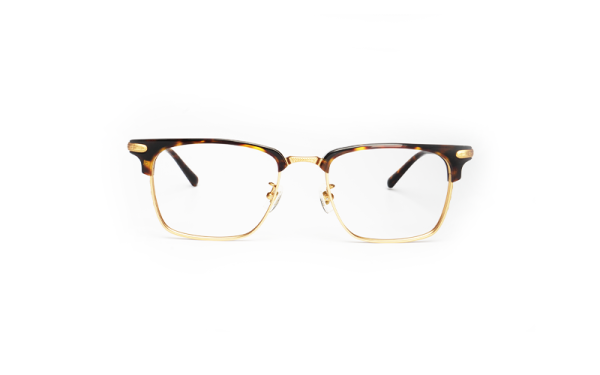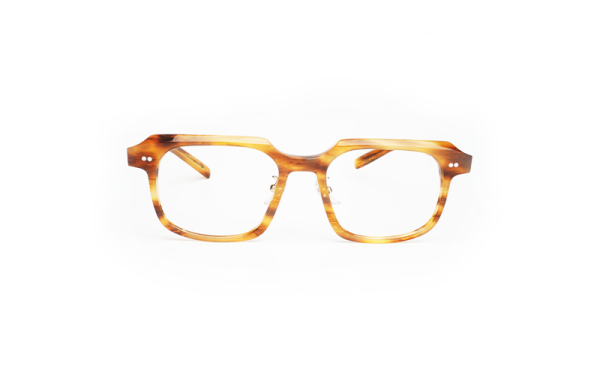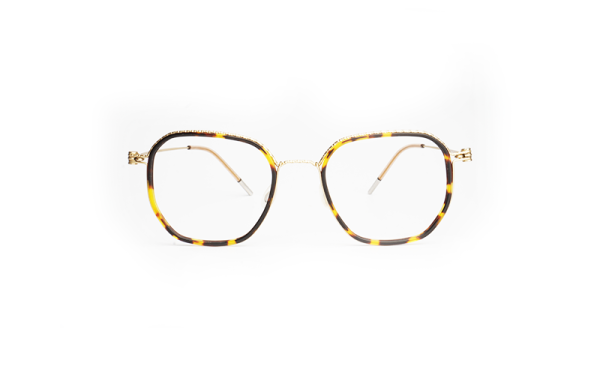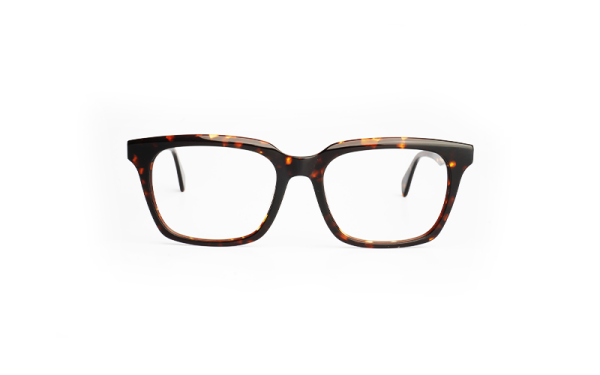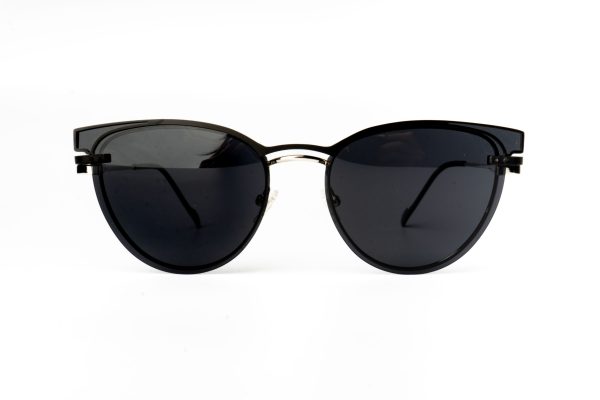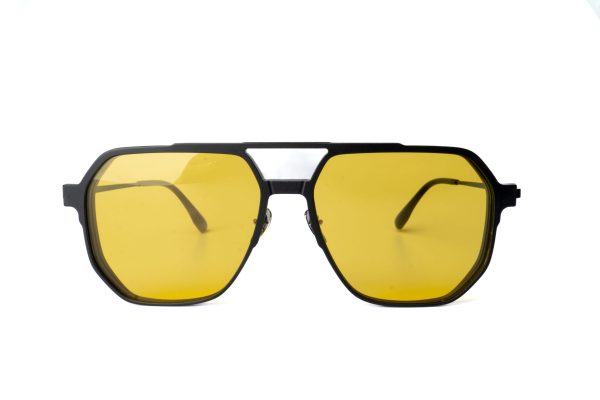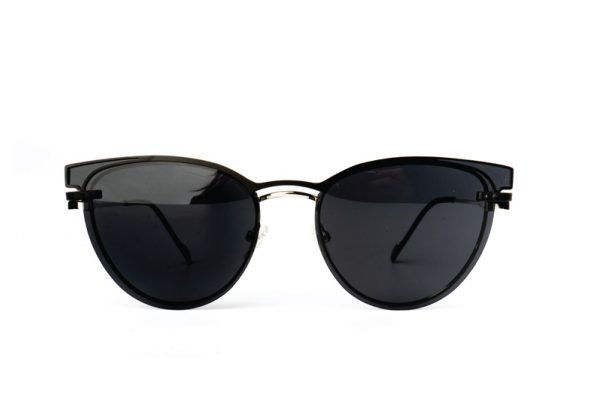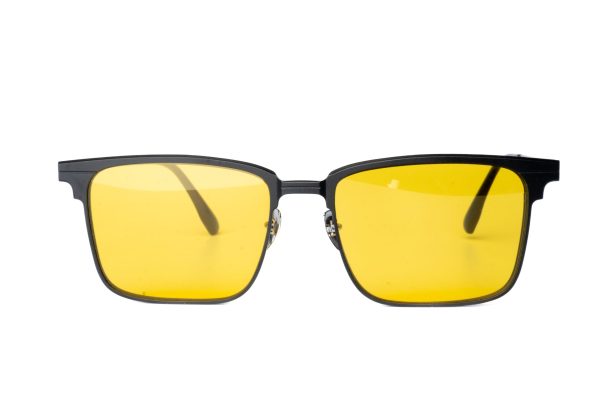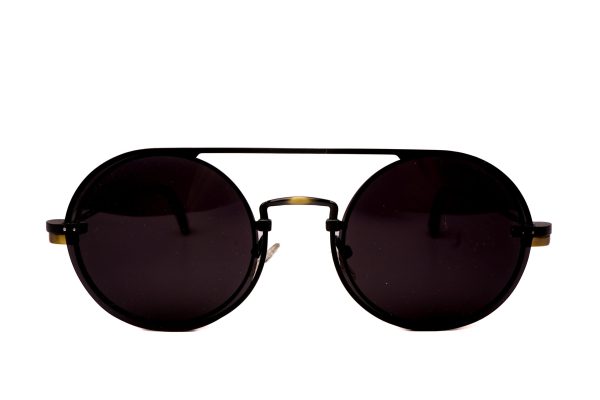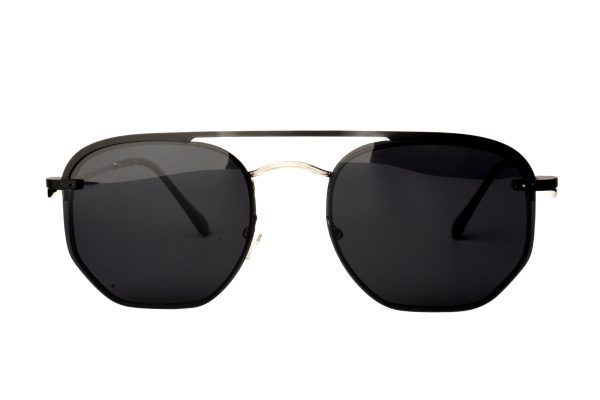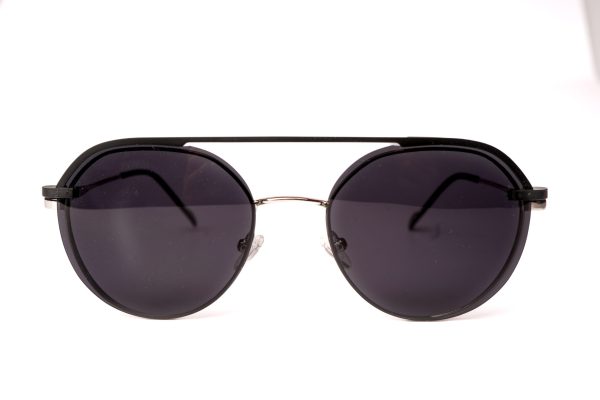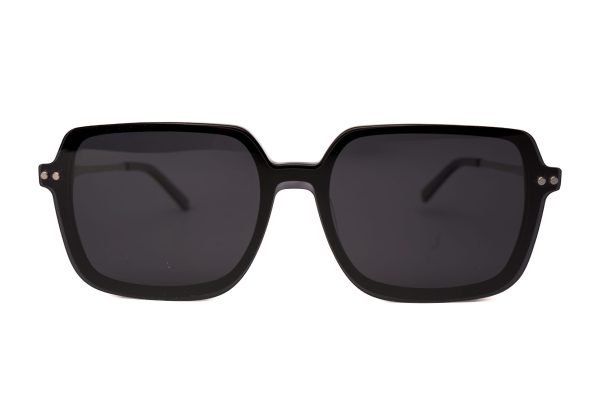1. What are prescription glasses?
Prescription glasses are eyewear fitted with lenses specifically designed to correct vision issues. These issues typically include:
Myopia (short-sightedness)
Hyperopia (long-sightedness)
Astigmatism
Presbyopia (age-related near vision difficulty)
The lenses are custom-made based on your eye test results (your “prescription”) to help you see clearly at various distances.
2. How do I read my eye prescription?
Your prescription contains values that represent how much correction your eyes need. Here’s a breakdown of common terms:
SPH (Sphere): The main power to correct short or long sight
CYL (Cylinder): Corrects astigmatism
Axis: Orientation for the astigmatism correction
ADD: Additional magnifying power for reading (used for multifocal or progressive lenses)
PD (Pupillary Distance): The space between your pupils, crucial for lens alignment
Not sure how to interpret yours? Read our full breakdown here: How to Read Your Eye Prescription. Or drop by any Pott Glasses outlet—our optical stylists are happy to guide you in person.
3. How often should I get a new pair of prescription glasses?
Most people update their glasses every 1–2 years, but it depends on:
Changes in vision
Lifestyle needs (e.g., more screen time)
Damage or discomfort
Lens wear and tear
We recommend having a comprehensive eye exam at least once a year to monitor your vision and eye health.
4. What types of lenses are available for prescription glasses?
There are several lens types based on your vision needs:
Single Vision: For either distance or near vision
Bifocal: Two distinct zones for distance and reading
Multifocal (Progressive): Seamless transition from distance to intermediate to near vision
Computer Lenses: Designed for screen use, reducing eye strain
Photochromic: Lenses that darken in sunlight and clear indoors
Our stylists will recommend lenses tailored to your prescription, daily habits, and preferences.
5. Can I use prescription lenses in any frame?
In most cases, yes—but some factors matter:
Frame size: Must align with your pupillary distance and eye size
Lens type compatibility: Progressive lenses need taller frames for all zones
Material strength: High-prescription lenses may need sturdy frames to support lens weight
Our 4D Optical Styling consultation ensures the best match between your prescription, face shape, and lifestyle.
6. How do I choose the right frame for my prescription glasses?
Choosing the right frame involves more than just style—it requires the right fit for your face, skin tone, lifestyle, and prescription strength.
Face shape: Round frames soften angular features, while angular frames add structure to round faces.
Skin tone: Warm skin tones pair well with gold, brown, or tortoise; cooler tones match silver, black, or clear.
Occupation & fashion style: Your daily setting—whether corporate, creative, or casual—affects which frames suit you best.
Prescription strength: Higher powers may need thicker or smaller frames to avoid distortion or lens weight issues.
At Pott Glasses, we simplify this through our signature 4D Optical Styling service, where our trained stylists guide you through personalized frame selection based on your unique features, lifestyle needs, and prescription. It’s a one-on-one session that ensures your glasses aren’t just functional—but flattering, comfortable, and truly you.
7. What lens coatings should I get with prescription glasses?
The best lens coatings depend on your lifestyle and how you use your glasses daily. Some common options include:
Anti-reflective (AR): Reduces glare from screens and headlights
Scratch-resistant: Protects lenses from daily wear
Blue light filter: Eases digital eye strain from long screen time
UV protection: Shields eyes from harmful sunlight
At Pott Glasses, we don’t recommend coatings in isolation. Our optometrists assess your needs—whether you’re office-bound, always on the go, or outdoors often—and advise the ideal combination for clarity, comfort, and durability.
8. Can I convert my prescription glasses into sunglasses?
Yes, you can:
Choose Photochromic lenses that darken in the sun and clear up indoors
Opt for prescription sunglasses with tinted lenses in your power
Add custom clip-on sunglasses that fit over your clear prescription frames
This is great for people who want style and sun protection in one pair.
9. What is the price range for prescription glasses in Malaysia?
Pricing depends on:
Lens type (e.g., single vision vs. progressive)
Lens material and coatings
Frame design and brand
Customization (e.g., high-index, tints, photochromic)
At Pott Glasses, we offer transparent pricing starting from RM345, with curated packages and promotions to suit different budgets. We also offer Buy 1 Free 2 deals, seasonal discounts, and value bundles with sunglasses or blue light lenses.
10. Where can I try on prescription glasses in person?
You’re welcome to visit any of our Pott Glasses outlets for a personalized eyewear experience:
SS15, Subang Jaya
SS2, Petaling Jaya
Sri Petaling
Sri Hartamas
Setapak
Puchong
Kota Damansara
Sutera, Johor
Bayan Lepas, Penang
🕙 Open daily: 11am–9pm
Prefer a one-on-one consultation? Book a free Optical Styling session here → https://pottglasses.com/book-an-appointment/
11. Can I buy prescription glasses online?
We recommend visiting our stores for accurate eye measurements, fitting, and frame matching. For new customers, especially those with complex prescriptions or first-time wearers, in-store experience ensures optimal results.
